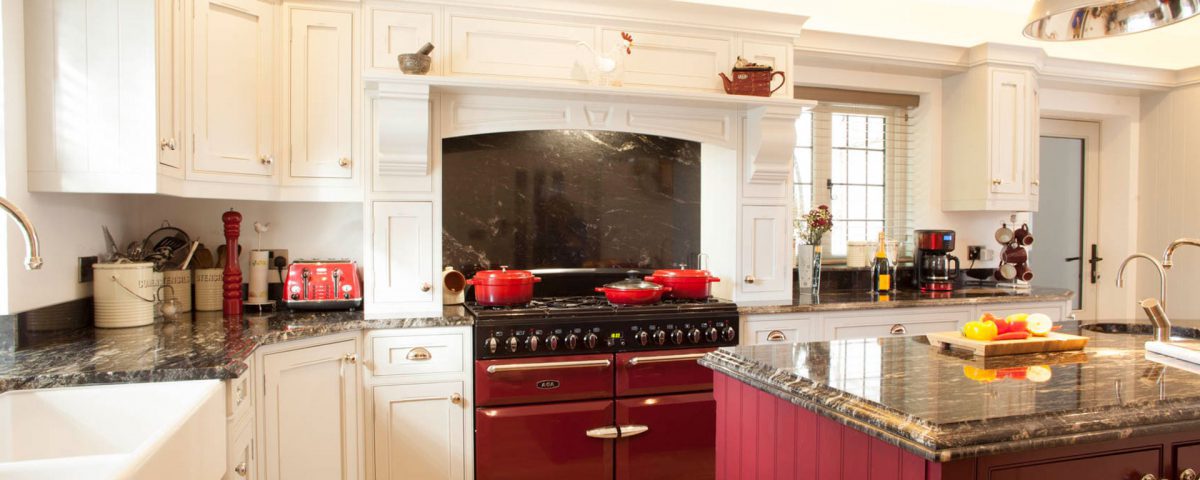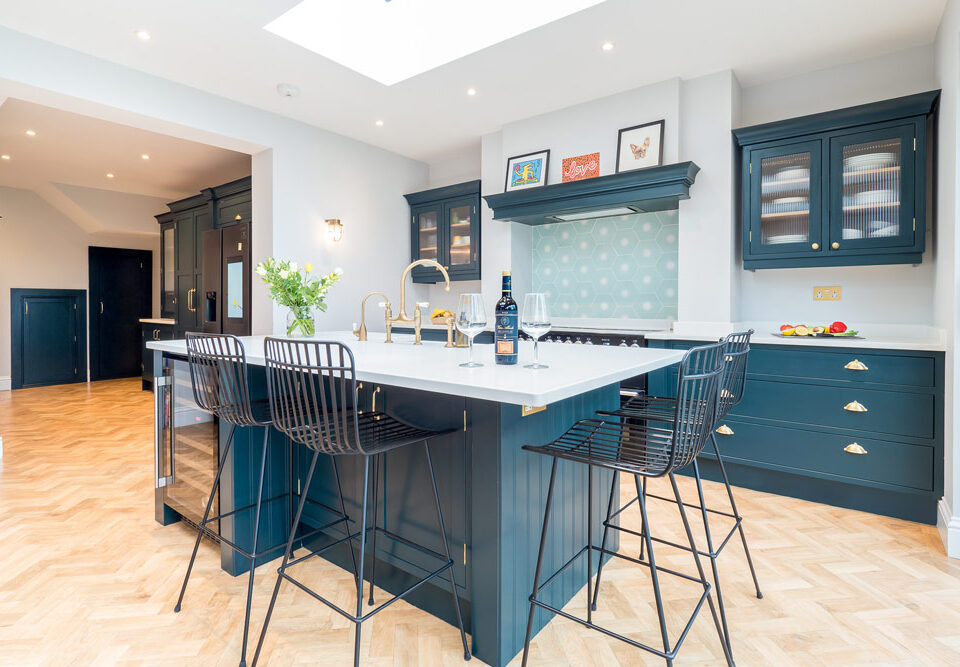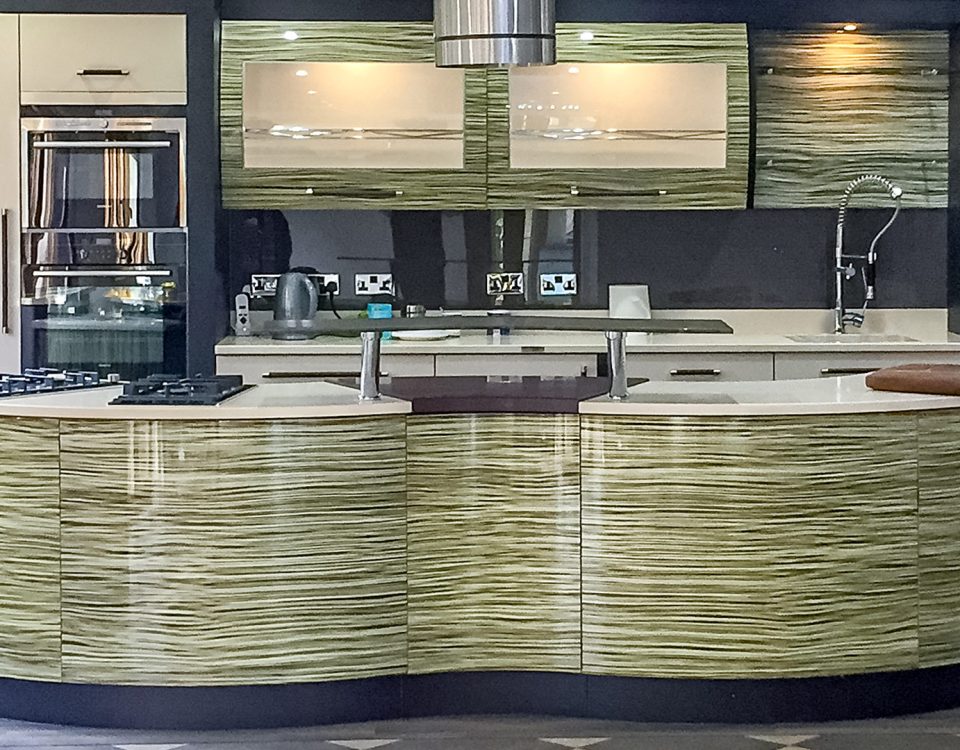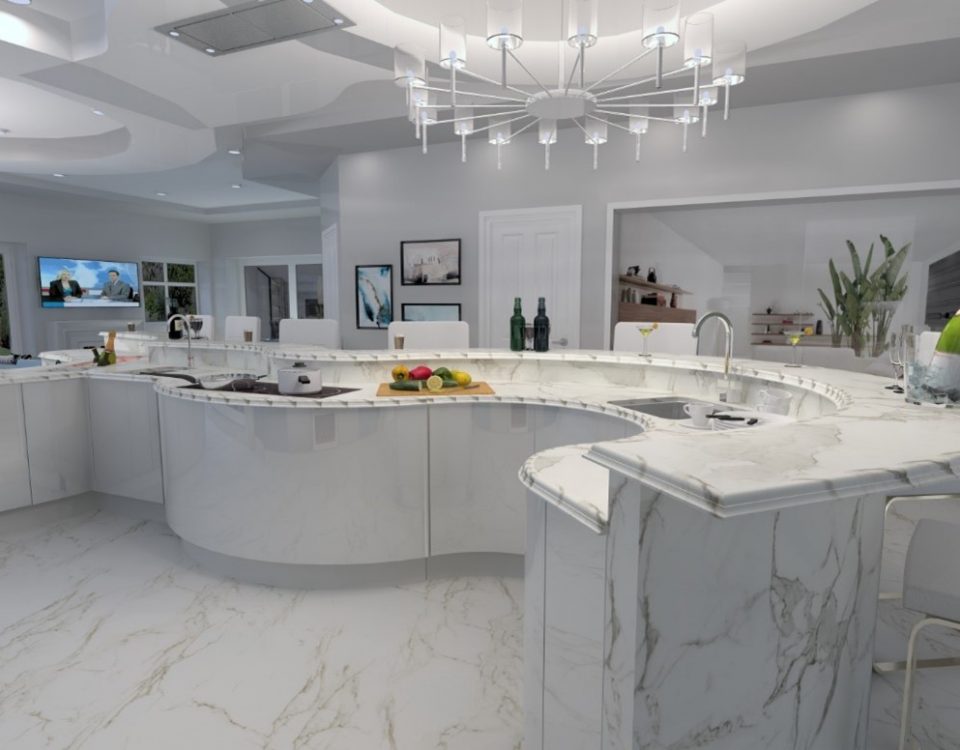Traditional Kitchens
24th September 2013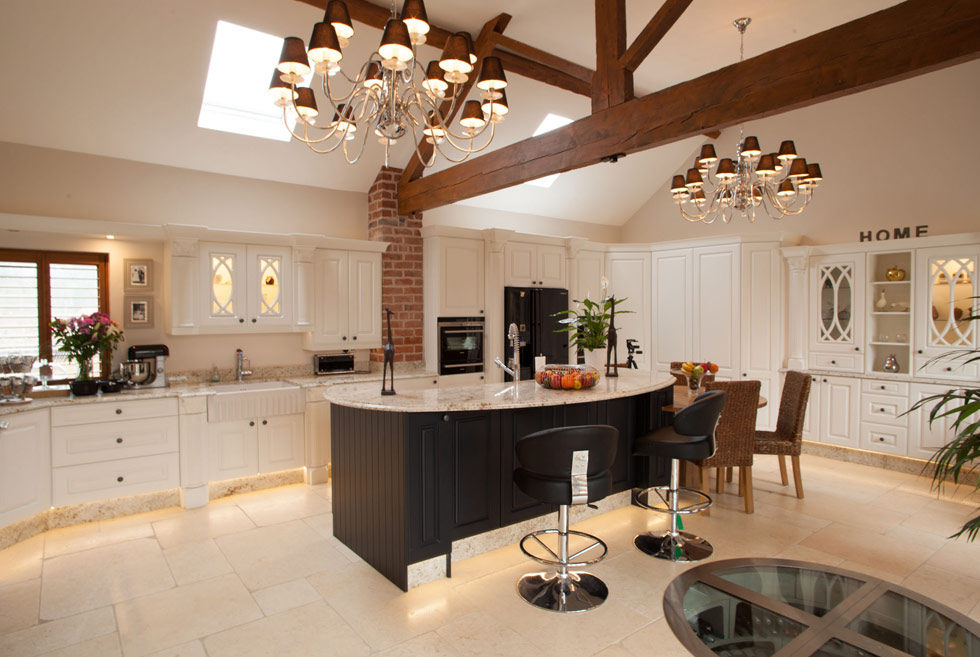
How to Style your Kitchen to suit the Period of your Home
10th December 2013Many people ask me “What is a Shaker Kitchen ?” so here is a potted history of bespoke shaker kitchens and how they fit in with today’s need to cook, dine and relax in aesthetically pleasing surroundings.
England in the mid 17th century and a new religious sect, the ‘Quakers’ formed. Due to their animated and ecstatic style of worship, ‘trembling and quaking at the word of the Lord’, they became known as ‘Shakers’.
Their philosophy was one of functional simplicity without ornamentation consequently their furniture embodied their beliefs of cleanliness with minimal crevices for dirt to collect and, as “Friends of the Light”, few places for shadows to fall, hence Shaker kitchens were born.
Showing-off was shunned in favour of elegant humble simplicity, practicality and versatility demonstrative of their ethos and lifestyle.
Finely hand-crafted boxes, furniture and unfitted kitchens made from light coloured woods possessed inherent strength and silky smoothness through the fineness of the grain and accuracy of the joints. They believed that making something well was “an act of prayer” so each item epitomised simplicity whilst displaying understated elegance, care, skill and devotion in the pursuit of perfection.
The Shaker legacy is one of fine quality bespoke kitchen furniture with practical austerity and a crisp smoothness of visual aspect, bringing light where there was dark – precisely what a shaker-style kitchen achieves today. Around the beginning of the last century resurgence of those same design principles and similar taste saw the shaker style almost replicated in some Edwardian kitchens.
In the late 1800’s into the 1900’s few people had electricity in the home so most rooms were relatively dark and sombre, a new enlightened generation was emerging from dark days and preference was for hand painted kitchen furniture to bring light and cheer.
An ever-increasing population necessitated the building of more and more homes with rooms dedicated to cooking. So we saw the emergence and popularisation of free-standing furniture in kitchens, or rather ‘kitchen rooms’, as the origins of classic English kitchens. All elements of highly skilled design and Shaker craftsmanship, which had been passed from father to son, swiftly achieved the greater appreciation and wider acclaim that perpetuates today.
These ‘unfitted’ kitchens had pantry cabinets, high tables (which we nowadays refer to as ‘islands’). The high tables were generally for standing to skin, chop and otherwise prepare meat whereas low tables were used to sit for the more laborious tasks of peeling vegetables such as carrots, onions and parsnips, often produced on the land of the property.
Without offence to any gender it was accepted practice that the men would stand to use ‘strong-arm’ tactics and muscle-power to chop the meat and cut through bones whereas the women would sit at the lower tables preparing the vegetables whilst chatting and planning the tasks of the day. Almost undoubtedly the women ‘ruled the roost’ and dictated the style, layout and design of their surroundings in the same way that the Shakers accepted that women were more-than-equal and ran almost every aspect of life.
As time went on so the high and low tables, pantries, larders and other pieces of free-standing furniture in the kitchen room were supplemented with open shelves (cup boards), dressers and overmantles to store utensils, implements, receptacles and cookware. Chairs, bench worktops and butcher’s blocks became the order of the day.
In later years, with the advent of piped running water, we witness the emergence of the first fully fitted kitchens where all the above-mentioned free-standing furniture became cohesive in style and expertly joined together with a sink and plumbing in place near the window and outside wall. The whole appearance was more-or-less what we now acknowledge as a traditional Shaker fitted kitchen. Moreover that style and appearance of understated elegance continued into laundry rooms, utility rooms, breakfast rooms and boot rooms.
Within these articles I have already comprehensively penned the ‘origins of kitchens’ so I will refrain from duplication (but it is a recommended read).
As style and taste evolved so the Victorian concept of displaying wealth resurfaced with glass-fronted cabinetry to ‘show-off’ the contents. The Shakers would never have countenanced ‘showing-off’, so glass panes in cabinet doors did not exist in the origins of the shaker style kitchens. Nowadays we live in an age of nostalgia but wish to ‘make our mark’ and add our own personal touch by introducing glass and a touch of glamour or colour to ‘show-off’ our personality rather than our possessions.
This is where we at Broadway enter the picture:
With 40 years of designing, producing and installing quality kitchens we sit with you to design your individual and bespoke shaker kitchen and whether your taste is for Natural Oak or a hand-painted bespoke shaker kitchen together we can introduce as many personal touches as you wish. The same applies to our handmade traditional Victorian and Edwardian Kitchens or any combination to suit your personality and lifestyle.
The similarity with the Shaker ethos doesn’t stop there as we too have passed on our traditional skills and values from father to son through three generations of the family that continues the Broadway success story.

